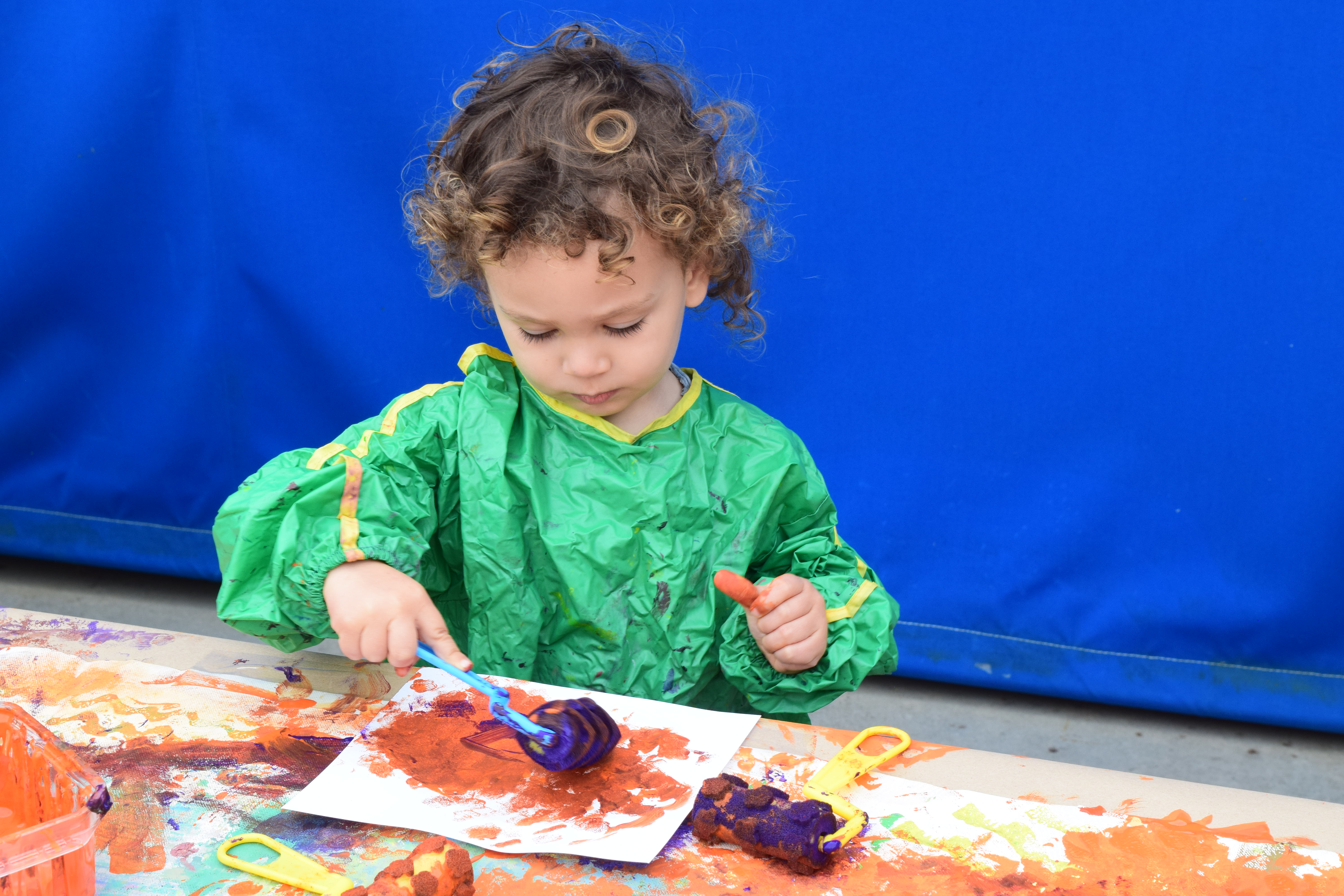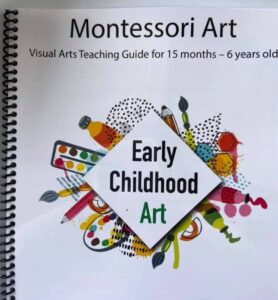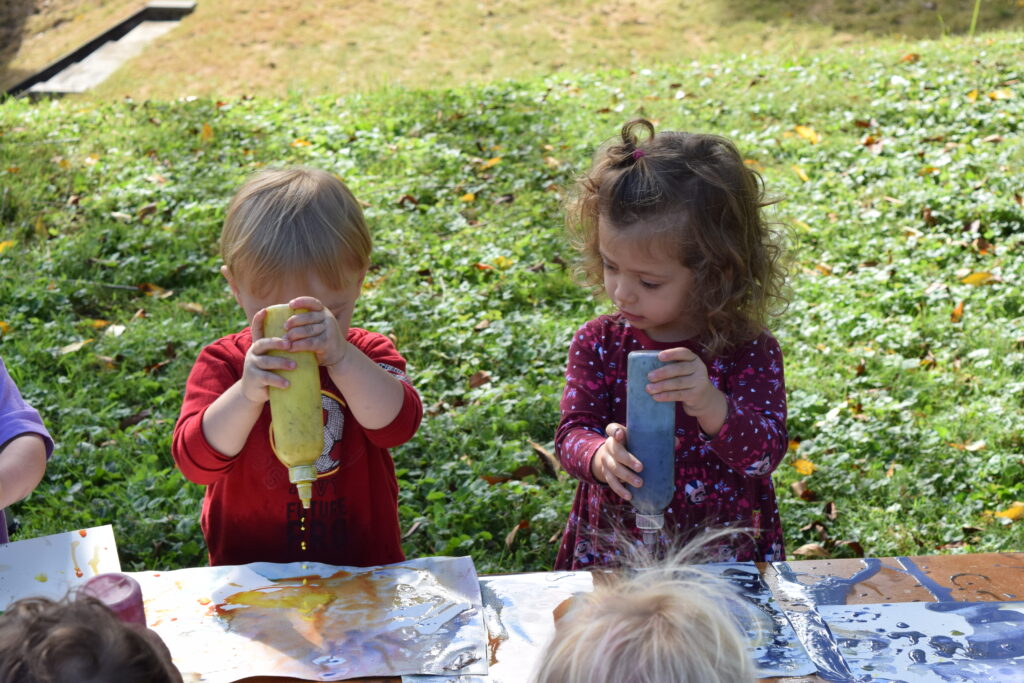
Art Making in Early Childhood Can Build Brain Intelligence – Motion and Movement Benefits
You may think art-making activities are for filling in gaps of time or just busy work for early childhood students. However, the truth is that the physical movement of art creation results in positive outcomes for children’s brain development. When you implement daily movement activities into the curriculum, you’re helping students build their hand-eye muscle coordination. I’m talking about the small muscles around the eyes and hands. Most art creation uses hand dexterity and sensorimotor learning for developing muscle memory. This supports gross motor movement into fine motor development. Educators can play a vital role in designing movement activities and what they offer their classrooms.
In recent years, science researchers have established that early motor movement develops better cognitive and academic performance in the later grades (Jan Piek, Lisa Dawson, Leigh Smith, Natalie Gasson, February 2008, “The Role of Early Fine and Gross Motor Development on Later Motor and Cognitive Ability” School of Psychology, Curtin University of Technology Children). Students that practice motor movement early, even starting in infancy, can directly affect cognitive development and their readiness for learning. Researchers explain how children’s genetic profiles and experiences can predict good future cognitive performance. Studies done in the United Kingdom have also found correlations with typical motor milestones and their direct effects on cognitive development when children begin primary school. Lack of opportunities to use gross and fine motor movement leaves young students at risk in their physical readiness for being independent when reaching primary grades. Aside from other important aspects of development, such as nutrition, emotional stability, and social support, gross-to-fine-motor movements have been linked to stimulating higher cognitive processes.
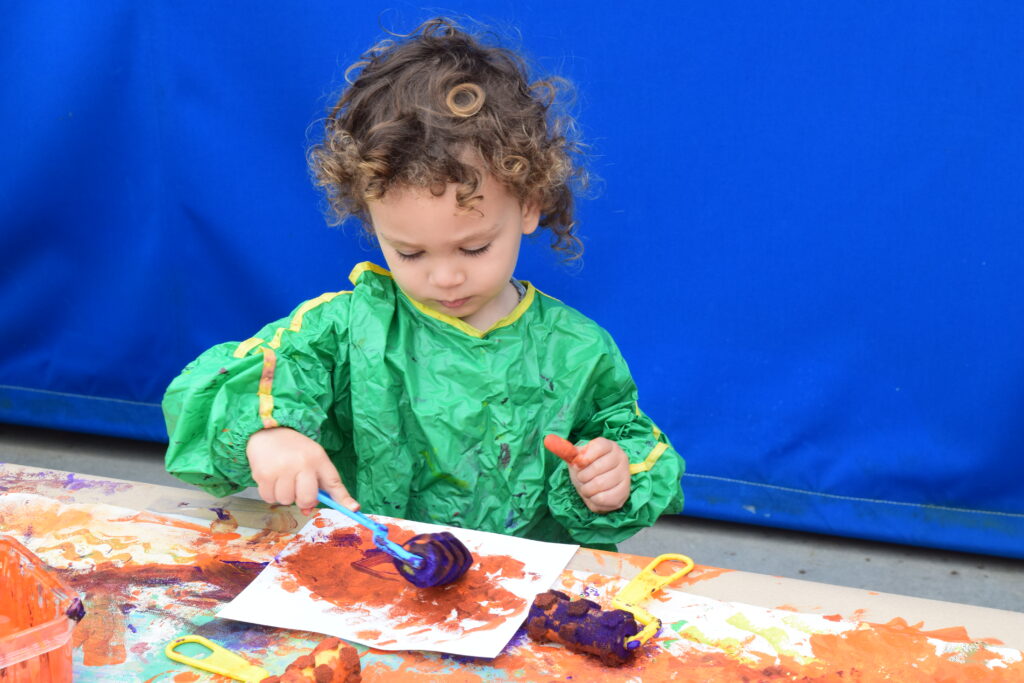
Movements provide vital information for the developing nervous system, since it is connected to our multisensory systems wiring for tactile, audio, visual, and balance. Movement also gives the brain stimulating feedback received from motion and movements. This feedback stimulates more sensory inputs, opposed to just looking at something. When movement is involved, neural networks are better stimulated. The experience of movement is a constant neural-looping feedback helping cognition. In other words, it’s better for kids to learn when they are moving as opposed to just reviewing audio sound and visual sensory input alone.
Art-making activities like these helps develop gross to refined movements:
- Clay modeling
- Painting brushstrokes
- Drawing and doodling
- Coloring
- Gluing and pasting
- Cutting
- Selecting and arranging
- Collaging
- Sewing
- Tapping
- Weaving
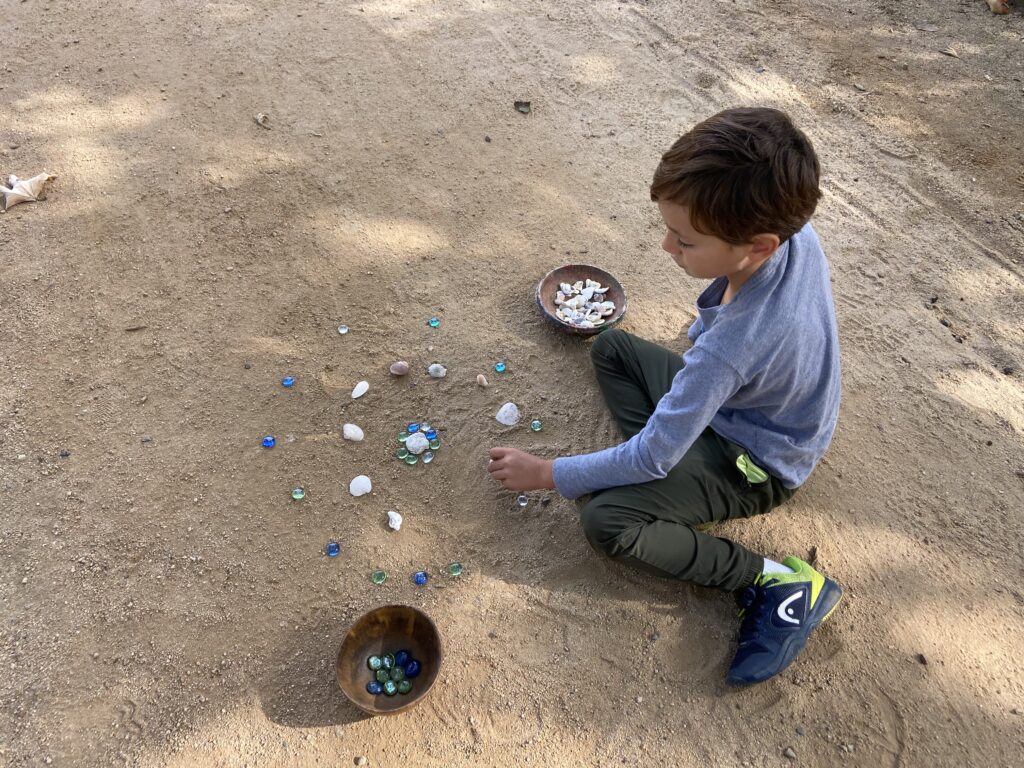
This ability helps with complex hand dexterity, intake integration of multi-sensory stimuli, and adjusting motor control, thus developing both neurological and sensorimotor control. In fact, students can benefit tremendously by starting art programs in their early childhood. Art making helps wire cognitive networks to support balance and muscle tone at a young age. Early childhood children eventually need to develop fine-motor skills to use tools like pencils to do their academic task. Additionally, hand dexterity and sensorimotor development is needed to study other domains of visual arts. Over years of practicing these movements, students can increase virtuosity in their hand movements. So, visual arts are fantastic for the brain, and art making in early childhood can build brain intelligence.
John Rubenstein, Pasko Rakic, “Neural Circuit and Cognitive Development:, 2020, 2nd ed
What Arts & Crafts Do Toddlers Like To-Do?
All rights reserved © 2023, Nature of Art®

No part of this blog may be used or be reproduced in any manner whatsoever including reproducing, publishing, performing, and making any adaptions of the work – including translation into another foreign language without written permission except in the case of brief quotations embodied in critical articles and reviews. Nature of Art® Publishing P.O. Box 443 Solana Beach, California 92075.
